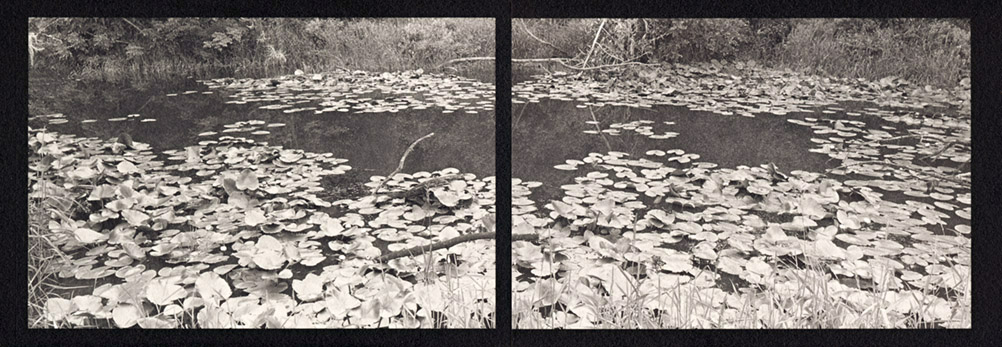
An Overview with Miscellaneous Tips
|
 |
|
The energy and creativity pulsing from photography right now is almost a tangible object and it's quite marvelous. In my opinion (totally unbiased, of course), one the most important things going on is the recognition that, virtually overnight, silver gelatin printing has become a "traditional process". This is often treated as a calamity rather than a tremendous creative opportunity. Silver paper has been dying the death of a thousand paper cuts (good one, huh?) I believe with evangelical fervor that those of us who know what great b&w looks like and how the 'old' stuff handled need to be the bridge between generations. Don't snort, but I see the very real possibility that b&w silver gelatin aesthetics will soon be judged against a b&w digital standard. Today, at least, the digital Holy Grail is The Weston Print. Tomorrow, critics will look at an Adams, Weston, or Lange and see something that needs torquing up (never mind the odd branch or wrinkle that "doesn't work and needs to be edited"). That is, of course, unless a group of photographers sets a new standard of creativity. It's All About Creative ControlIn my ideal world each approach will be judged by its own standards, just as we accept that platinum isn't supposed to look like albumen. Homemade emulsion is not about copying a commercial standard. The point isn't to make "Azo". The point, if you will, is to have ultimate creative control over our own personal vision. Even if the commercial papers hadn't started disappearing, that would still be worth the effort. What first must be said is that this is a life's work. In many respects we are starting over. Many of the early formulas and secrets have gone to the grave. Many of the materials and tools have changed. This just means that the potential pathways are infinite. Papers: weight, texture, color. Emulsions: warm, cold, contrast. Developers: So many and all intriguingly unique. Toning: See Tim Rudman's Toning Book for an idea of the creative potential. If you are new to darkroom work, I highly recommend reading the chapters on handling chemicals in The Darkroom Cookbook, by Stephen G. Anchell. Emulsion making is easy. Not Hamburger Helper easy, but no more difficult than making homemade mayonnaise to spread on homemade bread. Food for the creative spirit. February, 2008 |
|
Replace This Text in js
Replace This Text in js
|
Copyright © The Light Farm |